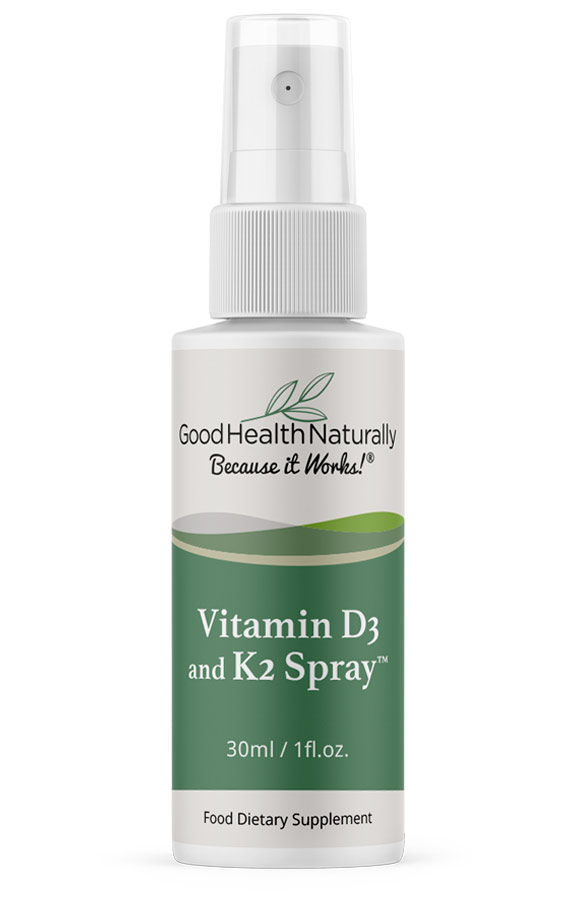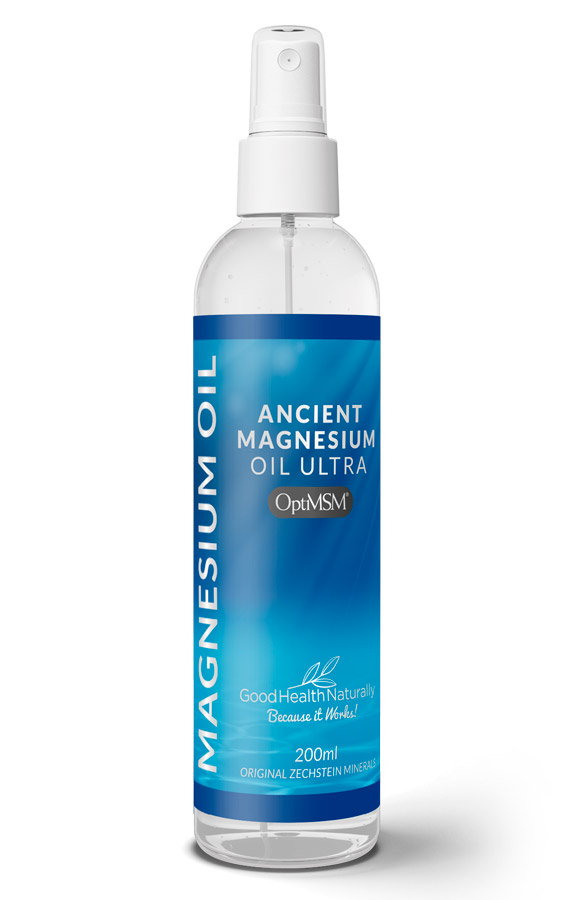As we navigate through stormy weather in the UK this week, the sun has decided to take a little break. However, we have embarked on a journey to explore the essential cofactors that complement vitamin D3 supplementation, building upon the insights from last week’s newsletter addressing the widespread epidemic of vitamin D deficiency.
In our quest for overall well-being, we’ve already established the crucial role of vitamin D in maintaining strong bones, a robust immune system, and overall vitality. However, to fully harness the benefits of vitamin D3, it’s essential to delve into the synergistic relationship it shares with other cofactors, particularly vitamin K2 and magnesium.
Vitamin D3 and the Sunshine Connection
Before we delve into the intricacies of these cofactors, let’s quickly recap why vitamin D3 is indispensable for our health. Referred to as the “sunshine vitamin,” vitamin D3 is synthesised in our skin when exposed to sunlight. However, during weeks like the one we’re currently enduring – battered by storms and devoid of sunshine – relying solely on sunlight becomes challenging.
This is where supplementation becomes crucial, helping us bridge the gap and maintain optimal vitamin D levels. But here’s the catch: vitamin D doesn’t work in isolation, as it thrives in synergy with its cofactors.
Unlocking the Potential: Vitamin K2
One of vitamin D3’s closest allies is vitamin K2, a lesser-known but equally vital nutrient. While vitamin D promotes calcium absorption in the gut, vitamin K2 ensures that this calcium is directed to the right places, such as the bones and teeth, and prevents its deposition in soft tissues.
Research has suggested that vitamin K2 is pivotal in preventing arterial calcification, a condition where calcium accumulates in the arteries, leading to cardiovascular issues. A study published in the Journal of Vascular Research highlighted the importance of vitamin K2 in reducing arterial stiffness, ultimately contributing to cardiovascular health.
So, as we supplement with vitamin D3 to fortify our bones and support our immune system, let’s remember to invite vitamin K2 to the party. Together, they form a powerful duo, working hand in hand to ensure calcium is where it should be, supporting bone health and potentially lowering the risk of cardiovascular issues.
Choosing the optimal form of vitamin K2 is also crucial for its role as a vital co-factor. Menaquinone-7 (MK-7) emerges as the superior choice due to its longer half-life in the body. This extended presence in the bloodstream enhances MK-7’s ability to direct calcium to the bones and prevent arterial calcification, making it the preferred option for comprehensive cardiovascular and bone health benefits.
Magnesium: The Unsung Hero
While vitamin D3 and K2 take the spotlight, magnesium quietly assumes the role of the unsung hero in this nutritional trio. Magnesium is involved in over 300 biochemical reactions in the body, including the activation of vitamin D. In fact, without adequate magnesium levels, vitamin D cannot be converted into its active form, hindering its effectiveness.
Research has highlighted the intricate relationship between magnesium and vitamin D. A study published in The American Journal of Clinical Nutrition found that magnesium enhances the effectiveness of vitamin D, suggesting that adequate magnesium levels may amplify the benefits of vitamin D supplementation.
Moreover, magnesium plays a crucial role in bone health by influencing bone density and structure. It’s not just about having sufficient vitamin D; it’s about creating an environment within the body where vitamin D can perform optimally, and magnesium is a crucial player in achieving this harmony.
Opting for transdermal magnesium therapy emerges as a remarkably beneficial method for sustaining optimal magnesium levels. Transdermal application involves absorbing magnesium through the skin, allowing for efficient absorption without passing through the digestive system. This approach not only bypasses potential gastrointestinal issues but also enables a more direct route to the bloodstream, ensuring a higher bioavailability of magnesium. Additionally, transdermal magnesium therapy offers a gradual and sustained release, preventing the rapid excretion associated with some oral supplements. The skin, the body’s largest organ, is an effective vehicle for magnesium absorption, making this method an accessible and well-tolerated option.
Achieving Synergy: A Holistic Approach to Health
As we embark on our journey to support optimal vitamin D levels, let’s adopt a holistic approach that considers the intricate relationship between vitamin D3, K2, and magnesium. It’s not merely about meeting individual nutrient requirements but creating a symphony within our bodies, where each nutrient enhances the effectiveness of the other.
In conclusion, the stormy weather might have deprived us of our sunshine, but armed with the knowledge of these crucial cofactors, we can continue to fortify our health. Vitamin D3, in partnership with K2 and magnesium, forms a potent trio that goes beyond bone health, reaching into the realms of cardiovascular well-being.
So, as we weather the literal and metaphorical storms of life, let’s ensure our nutritional foundation remains strong. Nourish your body with the sunshine vitamin, but remember to invite its cofactors to the party.
Product Recommendations
Vitamin D3/K2 Spray |
Ancient Magnesium Oil Ultra |
 |
 |
Please note:
The product images represent the ongoing rebranding across Good Health Naturally range and may currently vary from actual stock.
Stay Healthy and Take Care of Yourself
Lindsay xxx




